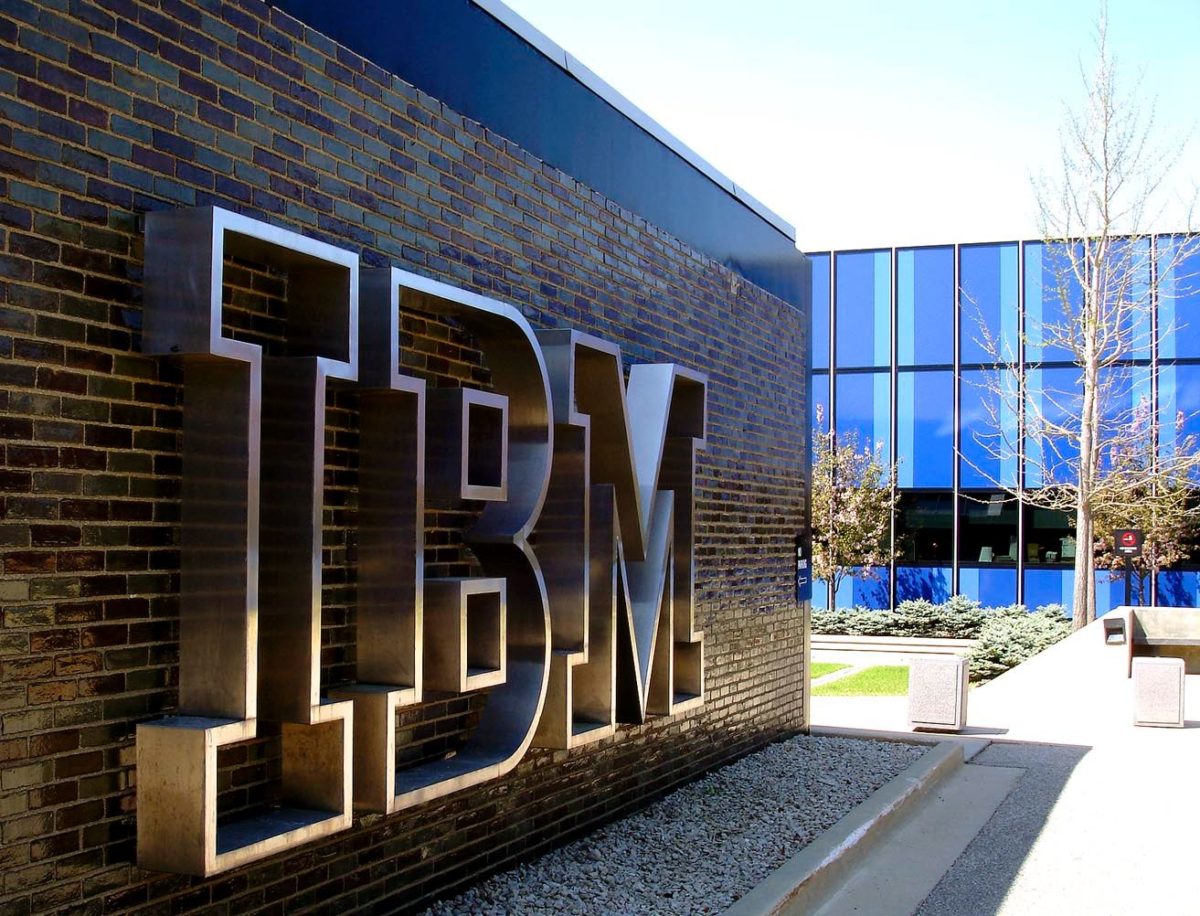In the aftermath of last May”™s death of George Floyd while in Minneapolis police custody, the nation has taken a renewed consideration of disparities and inequities at multiple levels of society.
Academia has been among those sectors that forced itself into an intensive self-reflection to identify where diversity and inclusion could be expanded and strengthened.
Last month, Sacred Heart University reaffirmed its commitment to this goal by promoting Thomas Lee Morgan to become its first director of inclusive teaching. Morgan joined the Fairfield-based school in August 2020 as an assistant professor in the Isabelle Farrington College of Education, where he teaches in the principal preparation program as well as the educational doctorate for social emotional academic leadership learning.

Morgan, who received his Ph.D. in education administration and policy studies from the University of Denver in 2014, was previously an institutional representative for the University Council for Educational Administration and an editorial adviser for the Educational Leadership Review of Doctoral Research. In taking on his new role, he is seeing an opportunity to have the university classroom offer a more accurate reflection of the wider society.
“When we think about inclusive teaching, we”™re really thinking about how we make the environment that is conducive for all of our students, and especially those who have been traditionally marginalized within education,” he said. “That would include students who are from racialized backgrounds, some of our LGBTQ students, students who have either mental or physical disabilities.
“This position serves as a resource for our faculty and for our entire community,” he added. “We need to ask how do we focus our efforts and make sure our students”™ voices are represented, that they have a connection to the content in a way that helps propel them and the education that we”™re providing.”
In his new position, Morgan is teaming with the instructional designers in the university”™s Center for Excellence and Innovation in Teaching on new resources that will enable professors to become fully cognizant of ensuring an inclusive school.
He will also produce webinars and workshops and partner with his faculty colleagues on planning courses promoting diversity, equity and inclusion, and he is encouraging the faculty to participate in an inclusive teaching course offered through the EdX online continuing education resource.
One area of primary importance to Morgan is bringing a more diverse student participation in STEM-focused courses, which have traditionally seen fewer women and people of color among both students and instructors.
“When we think about things like inclusive teaching, it could be a strategy,” he said. “One of the easiest strategies is representation. When students see faculty that look like them and that they can identify with, they are more engaged within the curriculum. You don”™t automatically change faculty ”” that”™s not what we”™re looking to do. But then when we say, “How do we get students engaged in a math curriculum or in science program at higher level?”™ ”” well, one of those ways is through representation.”
Morgan also questioned how students from the traditionally marginalized demographics can gain a wider exposure to networking opportunities that can lead into lucrative career paths.
“When we have a student of color who is doing internship in a different area, do they have a connection to someone that can help them to be able to navigate systems?” he asked. “That may be difficult for them because they don”™t have the social capital to navigate those systems.”
Morgan pointed out that his new position is part of a wider initiative within the university “to create a university that is a hallmark of inclusiveness and respect.” He noted a recent communication from the school”™s president, John J. Petillo, that reiterated his commitment to an educational experience that “embraces a vision for social justice and educates students in mind, body and spirit to prepare them personally and professionally to make a difference in the global community.”
Morgan stated that Sacred Heart is part of a wider educational trend to ensure diversity and inclusion is part of the academic environment.
“Many universities of all different sizes are looking at how they can be more inclusive,” he said. “The American Association of Colleges and Universities has a framework for inclusive excellence, and many universities have several positions and departments that focus on inclusive excellence. We”™re seeing a lot of progress throughout as far as how we support students who have traditionally been underrepresented within our university system.”




















